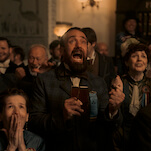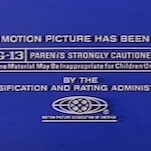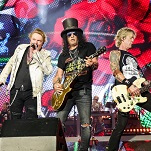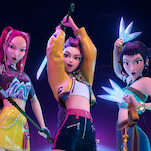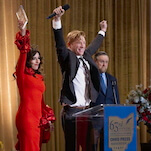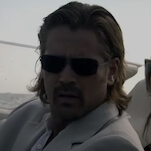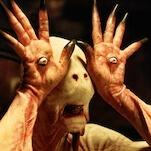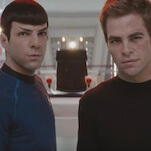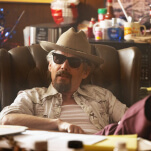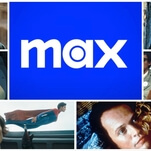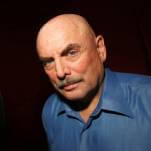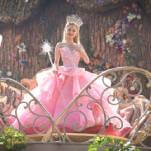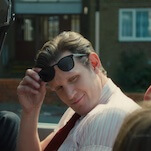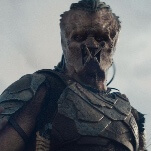Readers search their hearts and ask if the Sonic series was ever great
The Tough Questions
Yesterday marked Sonic The Hedgehog’s 25th anniversary (and the 20th anniversary of the Nintendo 64—quite the day in games history). Patrick Lee took the opportunity to look back at the series and chart its evolution with one of our Best, Worst, Weirdest cloumns. Popular opinion usually paints the series as being in a gradual decline since the end of the 2-D era, but Patrick argued the games’ level of quality has been volatile throughout their history. And he reckoned that, despite its overall superiority, Sonic 3’s toned down aesthetic marked a beginning for the series’ troubles. Wolfman Jew pointed to another of Sonic 3’s big changes as a possible turning point:
For some time, I’ve felt that there’s truth in Patrick’s position about Sonic 3 being the “start of darkness,” and I think more than anything it comes down to the new guy. This isn’t to disparage the game (which is good) or Knuckles, but he’s not really a character; he’s an idea. That idea—“Sonic but tougher”—makes a lot of sense. If the good doctor can’t be an adequate rival, why not a darker version of the hero?
The thing is that ever since then, every addition to the series, particularly in its cast, feels more like brand extensions than anything interesting or emergent. This was perhaps inevitable considering how much the hero worked in conjunction with the company’s brand identity, but it meant that characters became almost factory made. They’re just a dominant color, character trait, and potential way to better sell the series. If Knuckles is “Sonic but tougher,” then Metal Sonic and Shadow are just more extreme permutations on the same idea, with the latter being extremely tied to the early 2000s culture in which he spawned.
For a character based on outpacing the competition, Sonic is too reverent of whatever modern trends in gaming or broader culture it sees fit to steal. God Of War looks popular? Let’s make a terrible action game that draws from it! The Havok engine is getting good marks? Let’s include a character who can manipulate objects! There never seems to be an attempt to mesh any of the mechanics and styles and narrative tropes. More disreputable Sonic installments are like Frankenstein’s monster, a corpse stitched from better games with whatever heart the series once had now buried underneath all the bone and sinew.
The one way I could see the character “returning” would be for SEGA to ask themselves: What is Sonic even about? Is he a Warner Bros.-esque lovable trickster mascot, a piece of corporate synergy, or something else? How can his kind of game design, where the levels themselves dare you to take more risks and keep going faster, match up with modern trends, and if they don’t, are they necessary to follow? I don’t really think Sonic is “salvageable” for multiple reasons, but Sonic Team would do well to understand the appeal of those games beyond attitude.
Girard wondered whether the series’ identity issues were more fundamental:
When I was emulating everything in college, I loaded Sonic 1 and 2, figuring I’d see what was up and just wound up having no fun. This article, along with that Humble Bundle, prompted me to give them another shot. I tried Sonic 2 and CD. Both really failed to work for me on a fundamental level.
It feels like the Sonic games are pulled between two completely different forms of play, and in trying to balance both, neither feels satisfying. Like, at some points, you’re zipping along, picking up speed and careening through the level, but this isn’t really much fun, as your entire interaction is just holding right on the gamepad and when you have to navigate platforming stuff in this state, your speed gives you no lead-time to see what’s coming. (Especially when you can outpace the camera!) You inevitably run into something, lose all speed, and the game turns into a more traditional platformer. But Sonic‘s slippery acceleration and floaty jumps—designed more for the speedy segments—are really ill-equipped for this, and the platforming feels imprecise and frustrating.
While I was playing, I was trying to think how you could actually make a good, playable Sonic game—or one I’d find fun, anyway. And I don’t think it’s doable. The fundamental mechanics and premise seem kind of flawed at their core.
